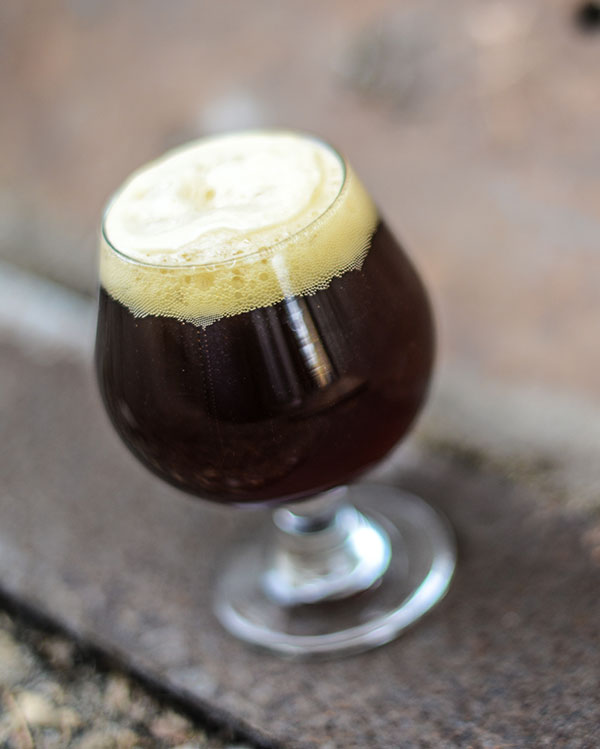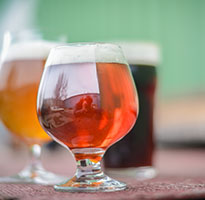
Roggenbier: Return of the Rye
Rye is an impish ingredient, notorious for having one of the most assertive flavor profiles of all cereal grains. Nevertheless, it’s been a part of the American craft beer scene for some time and is making a quiet comeback from the depths of brewing history.
Because it’s difficult to brew with on its own, Rye is often used as an adjunct (addition)to more popular grains like barley, allowing brewers to create new twists on old favorites. Whether adding body and dryness to a Rye-PA or spicing up a stout, porter, lager or ale, rye has been warmly received by craft beer drinkers.
Rye beerswere once commonly brewed and popular in Bavaria, but fell out of favor after 1516 when the German Beer Purity Law—theReinheitsgebot—was adopted. The law specified that only barley, hops and water could be used in the brewing of beer (no one yet knew that yeast was a major part of the brewing process). This resulted in a prolonged—but ultimately temporary—lull in the practice of brewing with rye.
But up until that time, there had been a beer style that reveled in its substantial rye grain bill, turbid and full of natural grain spice. In the hands of a few modern-day brewers, this beer has been reawakened and returned to the glasses of the people. It is known asRoggenbier.
Roggenbier
Roggenbier, which literally translates to ‘rye beer’, is typically made up of at least 50 percent malted rye, though there are modern examples using 65 percent or more. That lends it a characteristic grainy and spicy flavor. Bitterness is usually low, and you’ll most likely detect classic weizen yeast characters of tart citrus, vanilla or bubblegum.
A classic roggenbier is cloudy—‘turbid’ is the fancy beer word. Because this style was around long before beer filtration was invented in 1878, these beers are often referred to asnaturtrüb, meaning ‘naturally turbid’. You may also find that your roggenbier is served highly carbonated, which was a common practice.
没有什么更令人兴奋的craf的世界t beer than to be able to revive a centuries-old recipe and experience the aromas, flavors and other sensory stimuli that come with it.
Whenever I enjoy one of these old revivals, I always like to take a moment to imagine people enjoying the beer during the time in which it originated. Much like old poetry, the personality of the style outlives its original creator, but is carried on in the enjoyment and appreciation of successive generations of beer lovers like ourselves. Roggenbier is a message in a bottle, timelessness in a glass—and I suggest you try one.
Roggenbier Examples
- Norns Roggenbier |FATE Brewing Co.| Boulder, CO
- Roggenbier |Bear Republic Brewing Co.| Healdsburg, CA
- Live Oak Roggenbier |Live Oak Brewing Co.| Austin, TX
- St. Otto Roggenbier |All Saints Brewing Co.|格林斯堡,宾夕法尼亚州
- Seth Roggenbier |Mispillion River Brewing Co.| Mildord, DE
- 鲍勃的Roggenbier |Barley & Hops Grills & Microbrewery| Frederick, MD
Other Rye Beers
- Hoss Rye Lager |Great Divide Brewing Co.| Denver, CO
- Dirty Old Man Imperial Rye Porter |Tyranena Brewing Co.| Lake Mills, WI
- Grainstorm Black Rye IPA |Boulevard Brewing Co.| Kansas City, MO
- Wytchmaker Farmhouse Rye IPA |Jester King Brewing Co.| Austin, TX
- Ryehopper Rye Pale Ale |French Broad Brewing Co.|阿什维尔,数控
- Session in the Rye |Lawson’s Finest Liquids| Warren, VT



